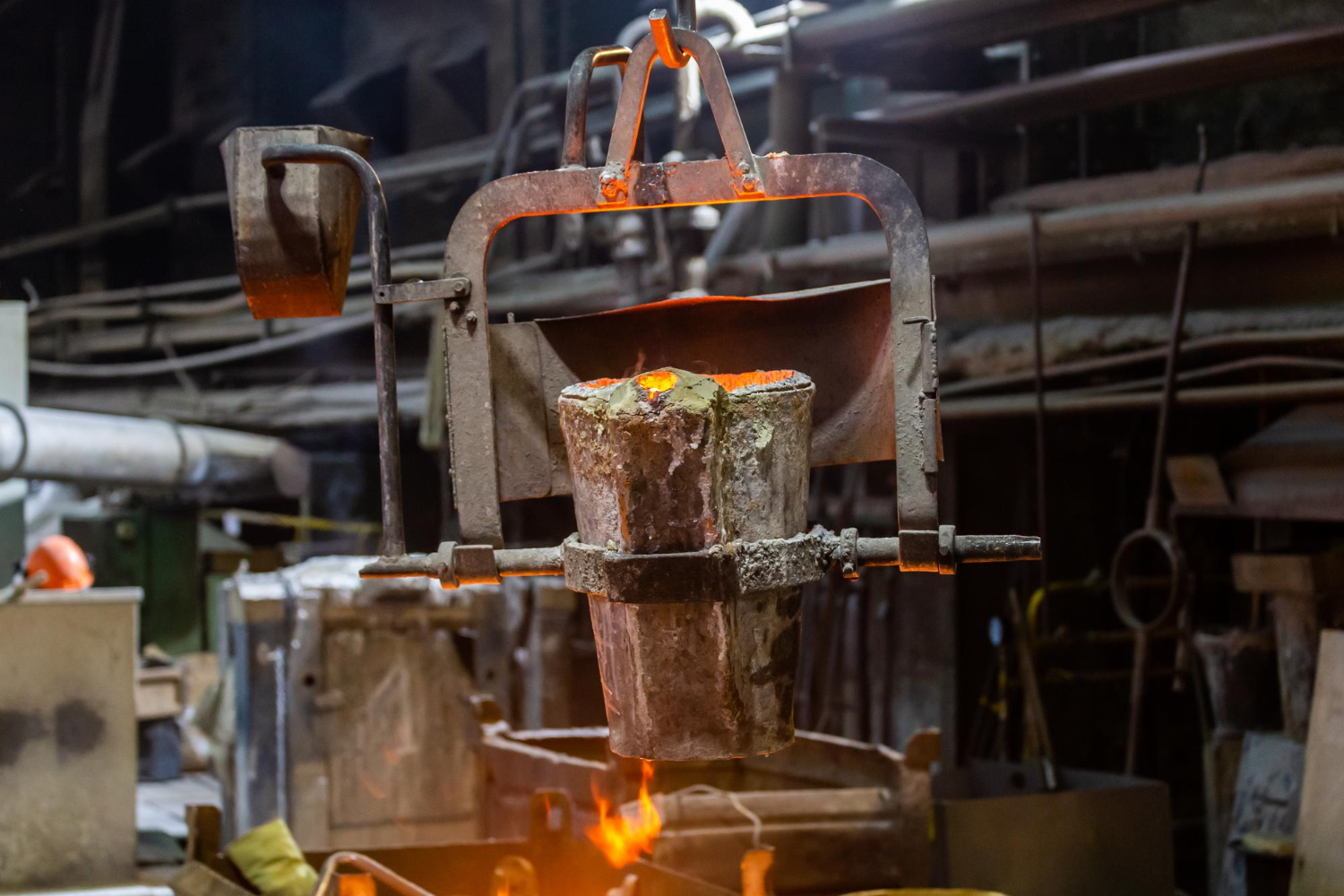Aluminum Castings Company Can Be Fun For Anyone
Table of ContentsThe 15-Second Trick For Aluminum Castings CompanyThe 7-Minute Rule for Aluminum Castings CompanyHow Aluminum Castings Company can Save You Time, Stress, and Money.The Ultimate Guide To Aluminum Castings CompanyAll About Aluminum Castings Company7 Simple Techniques For Aluminum Castings CompanyIndicators on Aluminum Castings Company You Need To KnowLittle Known Facts About Aluminum Castings Company.
There are two main sorts of die spreading used in the light weight aluminum spreading industry: hot chamber pass away casting and cool chamber die casting. The primary difference in between these techniques is how the molten metal is provided to the mold and mildew. In warm chamber pass away spreading, commonly used for reduced melting point metals, the fusion is directly attached to the machine, and a bettor compels the material through a gooseneck into the die tooth cavity.
A Biased View of Aluminum Castings Company
In these methods, the mold and mildew is intentionally damaged or escaped in order to remove the completed light weight aluminum spreading. Common procedures under the category of expendable mold and mildew spreading consist of (financial investment casting),,, and investment spreading. When manufacturing customized aluminum components making use of expendable molds, makers pour molten light weight aluminum or light weight aluminum alloys right into the mold and mildew, which is after that damaged apart to release the solidified steel part.
The is among the oldest and most utilized kinds of light weight aluminum casting. It includes compacting specialized factory sand, often reinforced with clay or resin, around an exactly crafted recyclable pattern that determines the shape and interior information of the finished light weight aluminum item. The pattern system incorporates risers and vents to handle the flow of molten steel and to protect against casting flaws such as shrinkage porosity.
The Main Principles Of Aluminum Castings Company

This mold is after that preheated before the pouring of molten aluminum or aluminum alloy. As the metal fills the shell, it captures the complex information and fine surface finish of the mold and mildew. When cooled down, the ceramic is mechanically or chemically escaped, enabling the removal and separation of private actors parts.
7 Simple Techniques For Aluminum Castings Company
Long-term mold and mildew casting uses multiple-use steel molds and is optimal for automation with consistent quality and less waste. Expendable mold and mildew spreading uses single-use mold and mildews, like sand or foam, providing style adaptability and reduced tooling costs for prototypes or brief runs. Pass away casting is best for producing high volumes of light weight aluminum parts that call for limited tolerances, great information, and smooth surface areas.
The Toshiba Machine DC-J Series includes pass away casting makers appropriate for aluminum. Known for their durable building and high shot performance, these machines make sure reliable and accurate spreading (Metal Castings).

While aluminum can be utilized in its pure kind, it is commonly alloyed with other metals to improve its buildings or the buildings of the other metals. Aluminum alloys are categorized into 8 series, phoned number from one to eight.
The 3-Minute Rule for Aluminum Castings Company
This alloying boosts the stamina and firmness of aluminum however decreases its ductility and corrosion resistance. The 2000 series alloys are challenging to weld yet can be warm dealt with to enhance their residential or commercial properties. The 3000 series alloys are mostly alloyed with manganese. This combination enhances corrosion resistance while supplying modest stamina.
The 4000 collection alloys are alloyed with silicon, which reduces the melting point and enhances fluidness. This makes it a prominent choice for casting, as it is simple to develop in its molten state.
Some Known Details About Aluminum Castings Company
This series is categorized as a high-strength alloy, particularly fit for sheet and plate applications as a result of its exceptional weldability. Its resistance to deterioration from acids and alkalis makes it excellent for use in severe and hostile settings (Sand Mold). The 6000 series alloys are alloyed with both magnesium and silicon, giving an equilibrium of stamina, mechanical homes, and corrosion resistance
Processing the 6000 collection calls for specialized and innovative tools, which can be complex and costly. Nonetheless, this collection is known for its excellent rust and oxidation resistance, as well as its convenience of coating, treatment, and workability. The 7000 series light weight aluminum alloys are the best and most resilient among aluminum types, with toughness similar to around two-thirds of industrial-grade A3 steel.
Aluminum Castings Company for Dummies
Zinc is the key alloying component in the 7000 collection, improving the firmness of the aluminum, even though zinc's solidity is comparable to that of aluminum on the Mohs scale. The 8000 series light weight aluminum alloys are largely alloyed with tin, in addition to percentages of copper and nickel (Aluminum Sand Castings). While these alloys offer lower strength compared to other collection, they master machinability and wear resistance
Aluminum cast heatsinks are electrically conductive, permitting them to be based efficiently. They are frequently cast with incorporated functions that minimize the requirement for additional operations, such as extra machining or assembly, resulting in further price financial savings. Light weight aluminum spreading is often used to produce braces for both durable commercial equipment and household devices.
Aluminum Castings Company Fundamentals Explained
The single-piece construction of aluminum braces enhances their strength and resilience, decreasing the possibility of failure. If holes are needed, they can be consisted of straight in the spreading mold and mildew, lessening the this need for post-production ending up (https://profile.hatena.ne.jp/alumnmcstngs/). Suppliers have increasingly adopted aluminum spreading for golf tools due to its longevity, security, and versatility in shaping